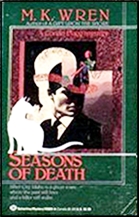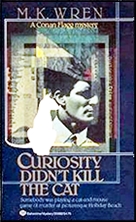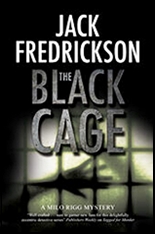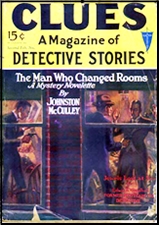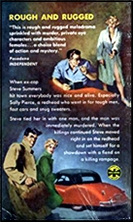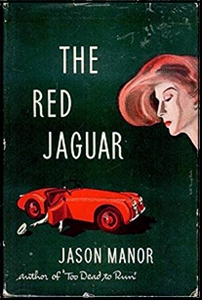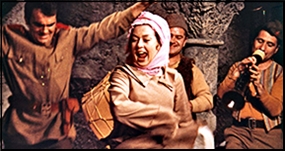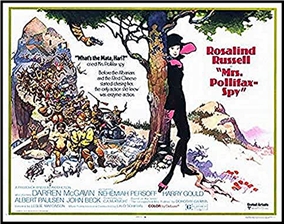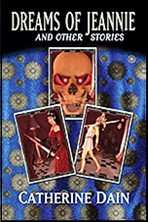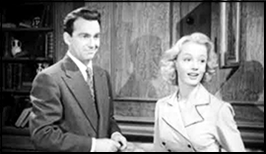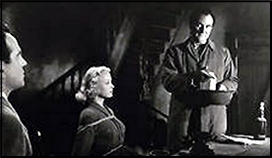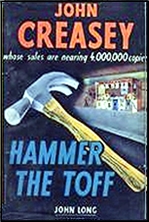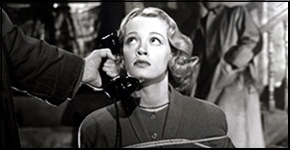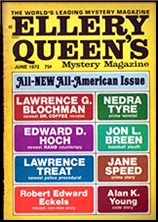Fri 27 Mar 2020
GEOFFREY HOUSEHOLD – Olura. Michael Joseph, UK, hardcover, 1965. Little Brown & Co., US, hardcover, 1965.

The Alliance des Blancs provides the villains, former European colonials plotting to overthrow struggling African states and seize them, and the McGuffin in this romantic adventure novel by Geoffrey Household, the poet laureate of the novel of escape and pursuit, whose novels such as Rogue Male, Watcher in the Shadows, and Dance of the Dwarves are classics of the genre. Olura isn’t in that class, but it is an example of Household’s innate ability to draw the reader into an almost fairy tale like picaresque adventure and build real suspense into the mix.
Indeed, in this case that fairy tale like quality is established with the first line of Dr. Philip Ardower’s narrative.
And a bit farther along:
That meeting is in Spain’s Basque country where they are both staying at the Hostal de las Olas, a small but expensive tourist hotel where Ardower, a philologist is studying the Basque language and where he also meets Major Vigny, a former French officer who was forced out of the army over his opposition to France giving up Algeria. Those two meetings and the appearance of African political figure Leopold Mgwana are going to plunge Ardower and Olura into conspiracy and murder.
As usual with Household, the simple joys of his art are the first thing you notice, the effortless evocation of setting, especially the countryside, the sense of unease that can’t quite be explained, and the certainty that however normal the world seems it is about to become a nightmare.
The tale is divided by three narrators, the first is Henry Sequerra, a family friend of Olura and her father who sets up the structure of the novel, the narrative of Ardower, then the same story but told from Olura’s much different perspective, another section by Ardower, and finally a codicil by Sequerra. This structure lets us see Olura, whose character has much to do with the adventure at hand from multiple perspectives, that of an old family friend who knows her as willful, adventurous, and rebellious, Ardower who is entranced by her and mystified, and her own testimony which sees things quite differently from either her guardian or her lover.
One of the qualities that sets this book apart Is that Household and the reader are both entranced by Olura (a secretaries typo changed her name from Olivia to Olura on her birth certificate), a free spirit, almost a demigoddess, child woman, and seductress. In fact any reader of Dornford Yates will recognize the basic country of the novel with its English hero and child like princess in danger even if this princess is a modern politically active young woman.
Olura, however is a more modern princess, the daughter of late Greek shipowner turned English knight Sir Theodore Manoli, Olura is outspoken and prone to being in the middle of things like political marches and student protests, particularly supporting African freedom. Her involvement with Leopold Mgwana, an African politician whose nation is the target of the Alliance des Blancs is what draws the pair into danger.
Despite initial jealousy, Ardower likes Mgwana and soon gets caught up in his cause, and things complicate when a dead man shows up in Mgwana’s bath and the heroes find themselves with a pesky body to get rid of with marks of violence that clearly point to murder.
Any Household hero is always at his best hunted, endangered, and loose in rough country. It is there he does his best thinking, there he is most dangerous, there he finds the heroic side of his nature. All Household heroes find their true selves through a similar path of uncomfortable civilization and a rebirth in the wild. It is in the rough the true Household hero finds inspiration.
Later on, Ardower refers to the pantheist nature of his sojourn in the wild. The very countryside is alive in a Household novel, suggestions of elder beings and older faiths lurk at the edge of any Household protagonists experience in the wild. The almost supernatural connection of a Household hero to rough country is part of the experience of reading his work as it was in Stevenson, Haggard, and Buchan.
Rough country is always a character in any Household novel.
Eventually Ardower comes face to face with General Duyker, the sjambok wielding South African who controls the Alliance des Blancs and there is a final reckoning, and like any Household villain Duyker is more than just a villain. However villainous he is a three dimensional creation..
Olura is to some extent post modern Household, with his hero who is almost mystically aligned with nature and the wild involved with protests, modern politics, and beautiful very modern young woman Olura. It’s a tribute to Household’s skills that the contrast between the two enhances the novel rather than makes it schizophrenic. That late in his career he wrote some of his best books like The Courtesy of Death, Dance of the Dwarves (a horror novel), Rogue Justice (the long awaited sequel to Rogue Male, and no disappointment), and The Sending (a supernatural novel) is tribute to his skills and art.
Olura isn’t perfect Household, but it is a charming romantic adventure well worth your time.

